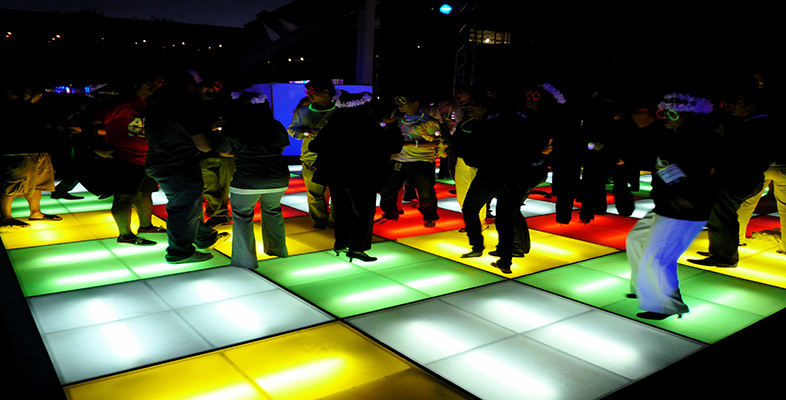1.4 Myths and facts
Myth – Warming up and being warm are the same thing.
Fact – Warming up the body requires physical movement that should gradually increase in speed and intensity over a period of around 15 minutes.
Myth – It has to hurt to be doing any good.
Fact – Pain can often be a warning sign that the body has gone too far – students should learn to listen to their bodies and interpret the signs in order to avoid pushing themselves too far.
Myth – Dancers can never be too flexible.
Fact – Too much flexibility in the joints can lead to injury if dancers do not have adequate strength in the muscles surrounding the joints.
Activity 1
Identify the similarities and differences between what is recommended in the main narrative above and your own practice in the teaching of dance. Then design an effective sequence of warm-up activities in an appropriate dance style.
Try this sequence out in class and ask for feedback from the students on aspects that you will be able to evaluate, for example on whether it has increased their heart rate or made them feel warm.
For further information about health and safety for dance, click on ‘view document’ below to read Warming Up and Cooling Down and visit the Dance UK website.
view document [Tip: hold Ctrl and click a link to open it in a new tab. (Hide tip)]
